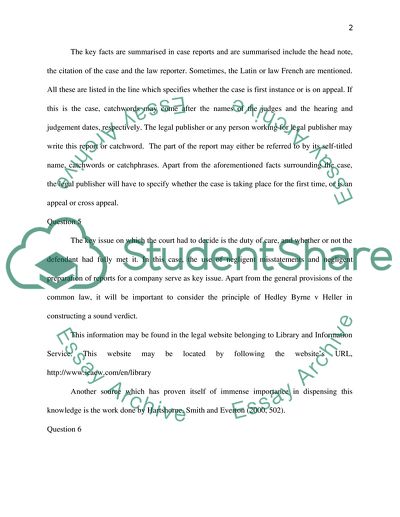Cite this document
(“Tort - Negligence Assessment Essay Example | Topics and Well Written Essays - 1500 words”, n.d.)
Retrieved from https://studentshare.org/law/1607400-tort-negligence-assessment
Retrieved from https://studentshare.org/law/1607400-tort-negligence-assessment
(Tort - Negligence Assessment Essay Example | Topics and Well Written Essays - 1500 Words)
https://studentshare.org/law/1607400-tort-negligence-assessment.
https://studentshare.org/law/1607400-tort-negligence-assessment.
“Tort - Negligence Assessment Essay Example | Topics and Well Written Essays - 1500 Words”, n.d. https://studentshare.org/law/1607400-tort-negligence-assessment.


